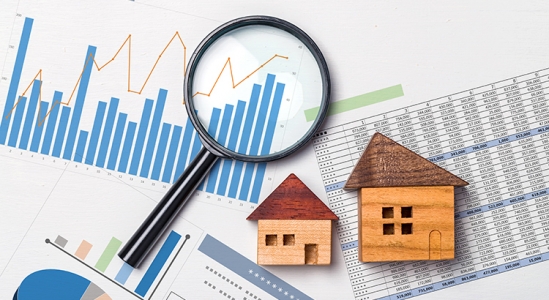Thinking of Moving? [INFOGRAPHIC]
![Thinking of Moving? [INFOGRAPHIC] | Simplifying The Market](https://files.simplifyingthemarket.com/wp-content/uploads/2020/10/08165120/20201009-KCM-Share-549x300.png)
Some Highlights
- If you’re ready to sell your house but you’re worried about finding one to move into, why not invest in a brand-new home built just for you?
- New construction is on the rise, so it’s a great time to think about a custom home to fit your family’s changing needs.
- Let’s connect today to discuss how to sell your house while buyer demand is high and find you a new home to call your own while you’re at it.
Content previously posted on Keeping Current Matters





![Thinking of Moving? [INFOGRAPHIC] | Simplifying The Market](https://files.simplifyingthemarket.com/wp-content/uploads/2020/10/08165123/20201009-MEM.png)









![Rising Home Equity Can Power Your Next Move [INFOGRAPHIC] | Simplifying The Market](https://files.simplifyingthemarket.com/wp-content/uploads/2020/10/01175254/20201002-KCM-Share-549x300.jpg)
![Rising Home Equity Can Power Your Next Move [INFOGRAPHIC] | Simplifying The Market](https://files.simplifyingthemarket.com/wp-content/uploads/2020/10/01175257/20201002-MEM.jpg)




